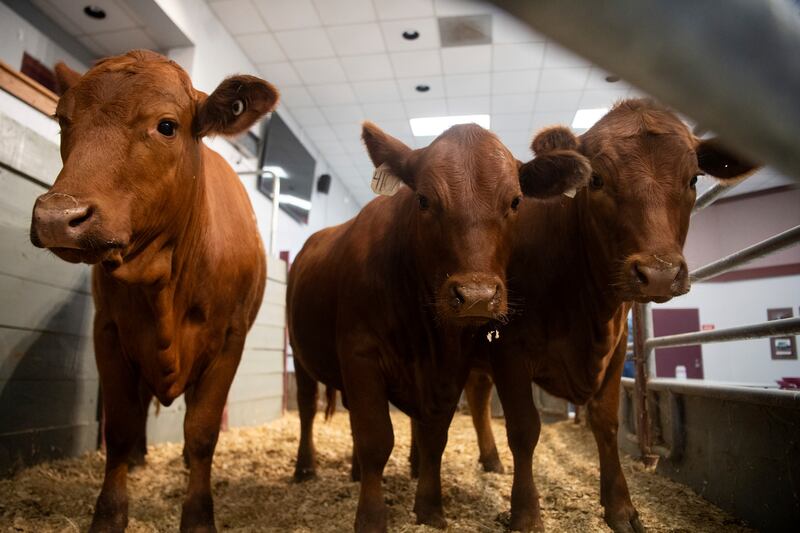A human in the United States has been infested with the New World screwworm for the first time in years, prompting federal officials to take urgent action to prevent this parasitic creature from contaminating the food supply. The U.S. has a history of battling screwworm infestations, having previously eradicated them from North America and Central America decades ago. Early this year, the U.S. government closed its southern border to livestock imports out of concern for potential infestations among domestic animals.
In light of the recent case, the U.S. Food and Drug Administration (FDA) has issued an emergency use authorization allowing the use of specific animal drugs to treat or prevent possible infestations. This authorization, however, applies strictly to veterinary drugs. The FDA stated, “Although eradicated from North America and Central America decades ago, NWS has progressed north since 2022 and is now approaching the U.S. border with Mexico. This parasite poses an emerging threat to livestock and food security, with potential impacts on both national security and animal health.”
Health and Human Services Secretary Robert F. Kennedy Jr. emphasized the government’s proactive measures: “Today we are taking decisive action to safeguard the nation’s food supply from this emerging threat.”
Understanding the New World Screwworm
The New World screwworm is the larval form of the New World screwworm fly, which can deposit its eggs in the wounds of warm-blooded animals. Once the eggs hatch, the larvae, or maggots, burrow into the flesh, causing severe damage that can lead to death if untreated. The U.S. Department of Agriculture has noted that screwworms can infest livestock, pets, and, in rare cases, humans. According to the Centers for Disease Control and Prevention (CDC), these parasites are endemic to regions in South America and the Caribbean. The CDC also indicates that eggs may be deposited in body cavities with mucous membranes, such as nasal passages.
Treatment options are limited to prevention and timely removal of the larvae. Reports indicate that the Maryland resident affected by this infestation may have contracted it while traveling, possibly to El Salvador or Guatemala, where an outbreak is ongoing.
Strategies to Combat Screwworm Infestations
In response to the growing threat of the New World screwworm, U.S. Department of Agriculture Secretary Brooke Rollins announced plans to invest up to $750 million in a facility designed to produce sterile flies. This method has been previously successful in controlling screwworm populations. Rollins stated that the initiative reflects increasing concern about the potential economic impact on the cattle industry, particularly in Texas, which is the largest cattle-producing state in the U.S. An infestation could cost the state’s economy as much as $1.8 billion and could lead to higher beef prices.
The U.S. border with Mexico was closed to livestock imports in November, but officials acknowledged that the parasite could still cross the border through natural wildlife movement. In February, the U.S. and Mexico agreed to a “comprehensive pre-clearance inspection and treatment protocol” to protect trade and contain the spread of fly larvae.
The Moore Airbase in Texas is set to become a “fly factory,” producing up to 300 million sterile flies weekly. This facility will collaborate with similar operations in Panama and Mexico, the latter of which has received $21 million in funding from the USDA for improvements that will increase its output by an additional 60 to 100 million sterile flies. This strategy draws on past successes from the 1960s when sterile flies were used to eradicate a previous infestation.
The screwworm flies, which resemble common houseflies but have distinctive orange eyes and metallic green or blue bodies, can cause significant distress to infested animals. Symptoms include irritability, a foul odor, and visible maggots in wounds. In April, reports emerged of a successful treatment in Mexico for the first human case of a screwworm infestation, where antibiotics were used after the removal of the larvae.
As the U.S. ramps up efforts to control this emerging threat, the focus remains on safeguarding both livestock and food security for the nation.
